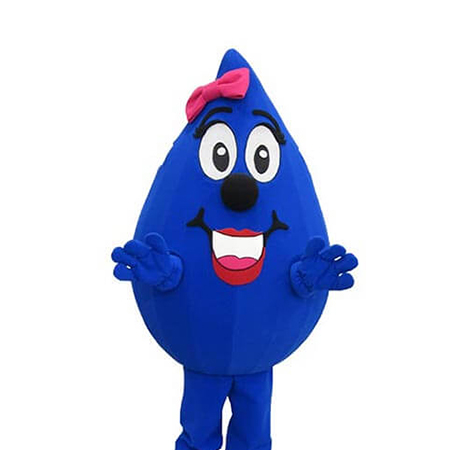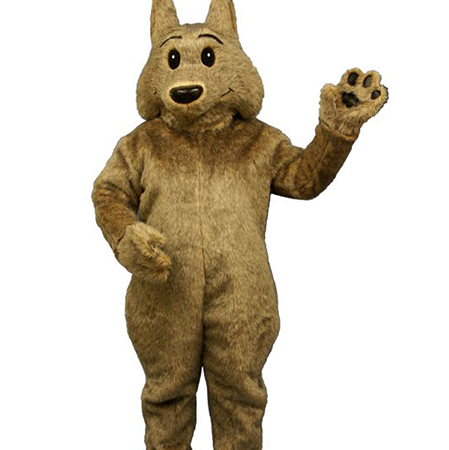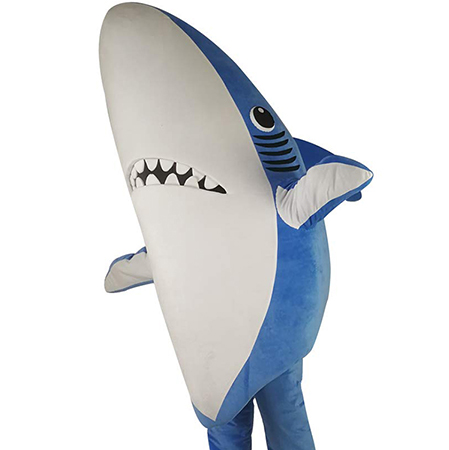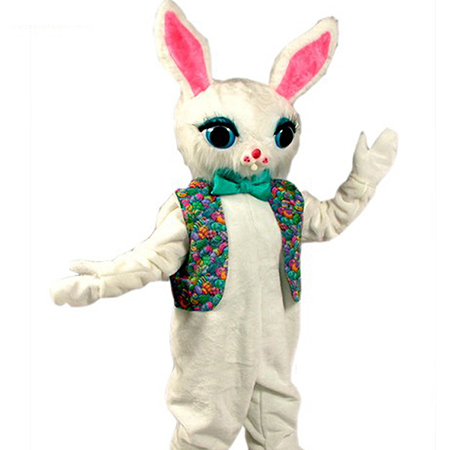Mascot costumes have a fascinating history that intertwines with mythology and legend, creating a vibrant bridge between ancient stories and modern times. These elaborate garments, often embodying fantastical creatures or legendary heroes, serve as living embodiments of cultural narratives that have been passed down through generations. By donning these costumes, performers bring to life the timeless tales that have shaped societies and continue to captivate audiences worldwide.
In many cultures, mascot costumes are inspired by mythological beings such as dragons, phoenixes, and deities. For instance, the Chinese New Year festivities often feature lion dance performances, where dancers wearing intricately designed lion costumes mimic the movements of this powerful creature believed to bring good fortune. Similarly, the Greek tradition of theater frequently includes actors dressed as gods from Mount Olympus, bringing the epic stories of Zeus, Hera, and Apollo to vivid life on stage.

Moreover, mascot costumes also draw inspiration from legendary figures who have become symbols of bravery and heroism. Take the case of Saint George, whose legendary battle against a dragon has been commemorated through various depictions in festivals and parades. Performers clad in armored suits represent this iconic figure, inspiring contemporary audiences with tales of valor and justice. In Japan, the Kabuki theatre often features actors in elaborate costumes portraying samurai warriors, whose storied past continues to fascinate modern viewers.

The symbolism embedded within mascot costumes plays a crucial role in reinforcing cultural identity and values. Each costume is meticulously crafted to reflect the unique characteristics and virtues associated with its mythological counterpart. For example, the colors red and gold often adorn Chinese lion mascot costumes, symbolizing prosperity and power, while the green scales of a dragon might signify growth and transformation. Through these visual cues, mascot costumes communicate deep-seated beliefs and ideals to both participants and observers alike.

In addition to their historical significance, mascot costumes serve as educational tools, especially for younger generations. Schools and community events frequently incorporate mascot characters into their programming as a means of teaching children about their heritage. A child seeing a larger-than-life Poseidon at a local festival might be intrigued enough to learn about Greek mythology, thus fostering a connection to ancient stories. This interactive approach not only makes learning fun but also ensures that these myths and legends remain an integral part of cultural consciousness.

Modern adaptations of mascot costumes have also found a place in sports and entertainment, where they function as team spirits and brand ambassadors. Teams often adopt mascots based on local folklore or regional symbols, which helps create a sense of community and belonging among fans. These modern mascots may not directly reference mythology or legend, but they carry forward the spirit of storytelling and representation that has been central to mascot costumes for centuries.
Ultimately, mascot costumes act as a testament to the enduring power of mythology and legend in shaping human experience. They transform abstract narratives into tangible forms, allowing individuals to engage with and celebrate their cultural heritage in a dynamic and meaningful way. As society continues to evolve, mascot costumes will undoubtedly adapt, carrying forward the age-old tradition of bridging past and present through the art of performance and storytelling.

By embracing the rich tapestry of myths and legends encapsulated in mascot costumes, we honor our ancestors’ legacy and ensure that their stories remain evergreen in the collective memory of future generations.
